Stubborn-turtle-blog
More Posts from Stubborn-turtle-blog and Others
Mission Possible: Redirecting an Asteroid
As part of our Asteroid Redirect Mission (ARM), we plan to send a robotic spacecraft to an asteroid tens of millions of miles away from Earth, capture a multi-ton boulder and bring it to an orbit near the moon for future crew exploration.
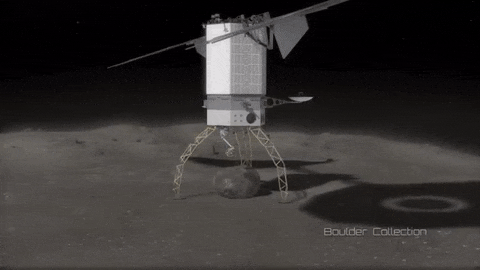
This mission to visit a large near-Earth asteroid is part of our plan to advance the new technologies and spaceflight experience needed for a human mission to the Martian system in the 2030s.
How exactly will it work?
The robotic spacecraft, powered by the most advanced solar electric propulsion system, will travel for about 18 months to the target asteroid.

After the spacecraft arrives and the multi-ton boulder is collected from the surface, the spacecraft will hover near the asteroid to create a gravitational attraction that will slightly change the asteroid’s trajectory.

After the enhanced gravity tractor demonstration is compete, the robotic vehicle will deliver the boulder into a stable orbit near the moon. During the transit, the boulder will be further imaged and studied by the spacecraft.

Astronauts aboard the Orion spacecraft will launch on the Space Launch System rocket to explore the returned boulder.

Orion will dock with the robotic vehicle that still has the boulder in its grasp.

While docked, two crew members on spacewalks will explore the boulder and collect samples to bring back to Earth for further study.

The astronauts and collected samples will return to Earth in the Orion spacecraft.
How will ARM help us send humans to Mars in the 2030s?

This mission will demonstrate future Mars-level exploration missions closer to home and will fly a mission with technologies and real life operational constraints that we’ll encounter on the way to the Red Planet. A few of the capabilities it will help us test include:
Solar Electric Propulsion – Using advanced Solar Electric Propulsion (SEP) technologies is an important part of future missions to send larger payloads into deep space and to the Mars system. Unlike chemical propulsion, which uses combustion and a nozzle to generate thrust, SEP uses electricity from solar arrays to create electromagnetic fields to accelerate and expel charged atoms (ions) to create a very low thrust with a very efficient use of propellant.
Trajectory and Navigation – When we move the massive asteroid boulder using low-thrust propulsion and leveraging the gravity fields of Earth and the moon, we’ll validate critical technologies for the future Mars missions.
Advances in Spacesuits – Spacesuits designed to operate in deep space and for the Mars surface will require upgrades to the portable life support system (PLSS). We are working on advanced PLSS that will protect astronauts on Mars or in deep space by improving carbon dioxide removal, humidity control and oxygen regulation. We are also improving mobility by evaluating advances in gloves to improve thermal capacity and dexterity.
Sample Collection and Containment Techniques – This experience will help us prepare to return samples from Mars through the development of new techniques for safe sample collection and containment. These techniques will ensure that humans do not contaminate the samples with microbes from Earth, while protecting our planet from any potential hazards in the samples that are returned.
Rendezvous and Docking Capabilities – Future human missions to Mars will require new capabilities to rendezvous and dock spacecraft in deep space. We will advance the current system we’ve developed with the international partners aboard the International Space Station.
Moving from spaceflight a couple hundred miles off Earth to the proving ground environment (40,000 miles beyond the moon) will allow us to start accumulating experience farther than humans have ever traveled in space.
Make sure to follow us on Tumblr for your regular dose of space: http://nasa.tumblr.com
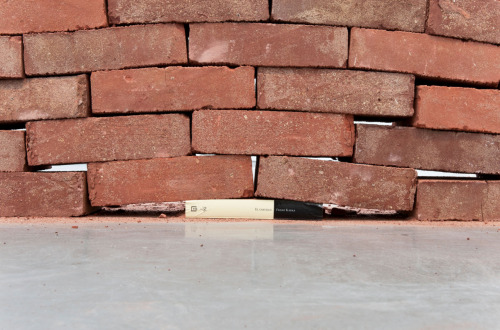
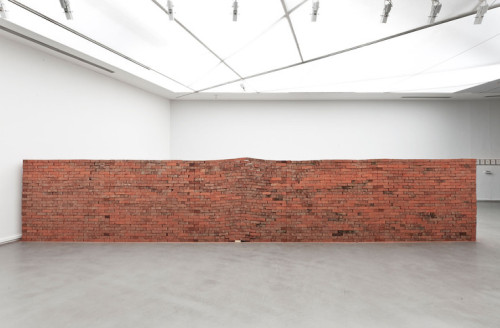
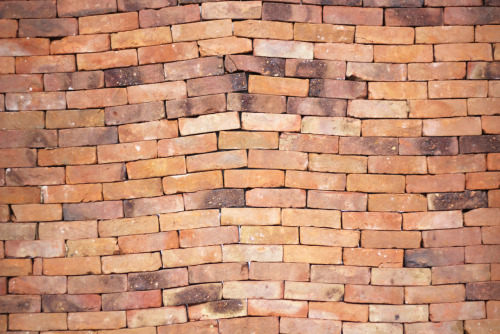
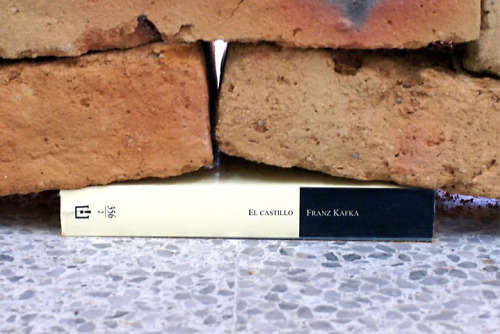
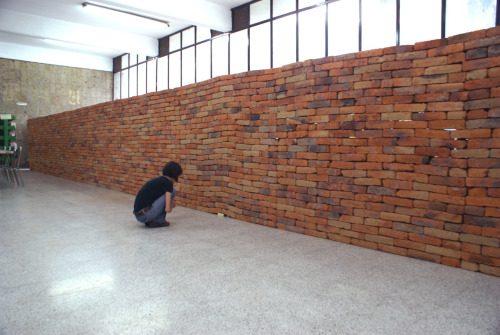
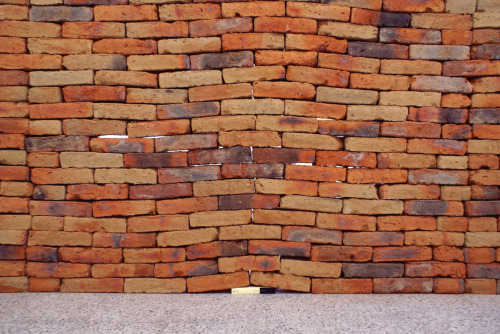
A Single Book Can Alter The Strongest Of Foundations
Installation artist Jorge Mendez Blake creates a powerful brick sculpture titled “The Castle”. The intimidating wall, formidable and erect, loses its symmetry and forms a rift at the point where a book it inserted at its root.
Keep reading
A Brief Intro To Pre-historic Egypt
Humans have lived in the Nile River valley since at least 30,000 BCE. Stone age communities hunted, gathered, and fished in the fertile river valley. Then, around 5,500 BCE, agricultural communities emerged. Over the next 3,400 years the communities became self-governing. Each community developed independently and at different rates politically, economically, socially, and culturally. Then suddenly, by 3,100 BCE, Egypt was politically unified with a highly efficient bureaucratic system and elaborate kingship rites worshiping a single ruler. How the transition happened between each of these stages of Egyptian history is an argument historians and archaeologists are still having.



Methodology:
Characters were counted by hand based on UESP quest writeups. Characters were only counted if they were questgivers or involved in multiple quests. Only characters from the main quest or faction questlines were counted. Any expansions or DLCs have not been included.
Due to the incomplete documentation for ESO quests, that game probably has more margin of error than others, though it should be balanced out due to how many NPCs were counted overall. I realize that this is an imperfect process, especially considering the very different ways that each game handles quests. I think the overall patterns hold, though, even if the percentages might be off a few points were someone to repeat the process.
You’ll also notice that Morrowind, Oblivion, and ESO have two main quest graphs. The latter is for including characters who are also encountered in the other parts of the game. For Morrowind this is questlines where you must speak to all the house leaders to become Hortator, in Oblivion it is the Aid for Bruma questline where you must speak to the counts/countesses to gain their support, and in ESO this is the Weight of Three Crowns quest where the faction leaders convene on Stirk. Daggerfall, meanwhile, randomizes most of its quest, and the overall graph counts the main quest and nobles quests.
Sample sizes are as follows: Daggerfall (23 total, 10 main quest), Morrowind (82 total, 16 main quest, 34 with hortator), Oblivion (36 total, 9 main quest, 15 with Bruma allies), Skyrim (59, 11 main quest), ESO (278 total, 6 main quest, 10 with Stirk).
Conclusions and interpretations under the cut.
Keep reading
I want to see an adventure story set in medieval Bologna
Or Assassin's Creed



The city of Bologna in the 12th-13th century - the closest we can get to a medieval skyscraper city; because nobles used to build high towers as a symbol of power and also for offensive/defensive purposes, at one point there were around 100 such towers.
Keep reading

y’alllllllllllllllllllllllllllllll there’s a children’s book
(h/t listener Elissa!)
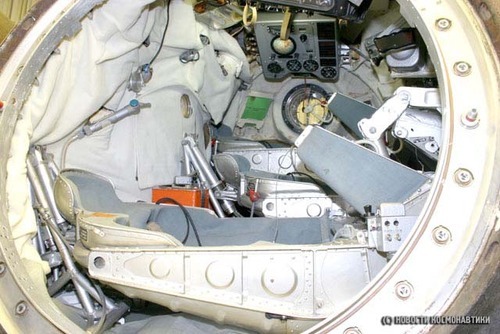
Voskhod-the first multiple-manned mission
Although we now take for granted the long term success of the International Space Station, it wasn’t too long ago that we were totally earthbound. That changed on this day, October 12, 1964 when the Soviet Union launched the Voskhod 1 (Восхо́д), the first manned capsule to carry more than one person into space. The Voskhod program was a proof of concept program to test systems for more ambitious space exploration. The Voskhod program was notable for several firsts: the first multi-person mission to space (Cosmonauts Komarov, Yegorov and Feoktistov in the Voskhod 1) and the first space walk (Belyayev and Leonov in Voskhod 2). The Vostok and Voskhod programs provided the framework for what became the Soyuz program and ultimately the current ISS.
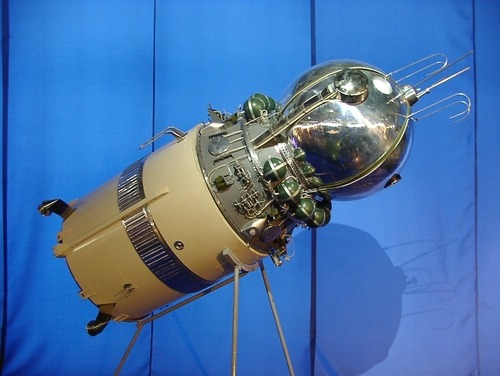
The Russian desire to ‘win’ the Space Race led to many dangerous compromises. The interior of the capsule (shown above) was so cramped that the cosmonauts would not have room for space suits, making the flight extremely dangerous in the event of depressurisation. To insure the engineers paid enough attention to this, head designer Sergei Korolev assigned the lead engineer to fly inside the capsule, therefore motivating him to design the safest capsule possible.

The Russian word Voskhod (Восхо́д) means sunrise and is a combination of the Russian words vos- (from vostok восток) meaning east and xodete (ходить) meaning go or rise.
I second wanting prints of these








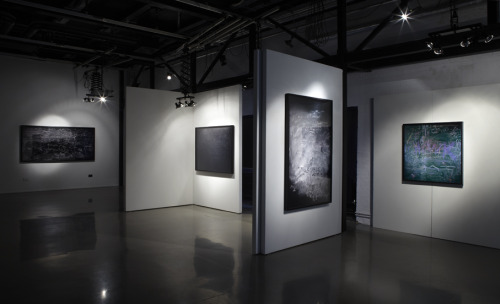
Alejandro Guijarro photographs the chalkboards of some of the brightest minds in quantum physics for his continuing series Momentum. He went to research facilities like CERN and many of the top universities in the world to find them.
Gaming, Science, History, Feminism, and all other manners of geekery. Also a lot of dance
243 posts
![It’s Amazing How Crafty Humans Are! [Via @veritablehokum]](https://64.media.tumblr.com/43311b965db92302465d25fa886954b7/tumblr_oj9ihcVr6D1s04h2ho1_1280.jpg)